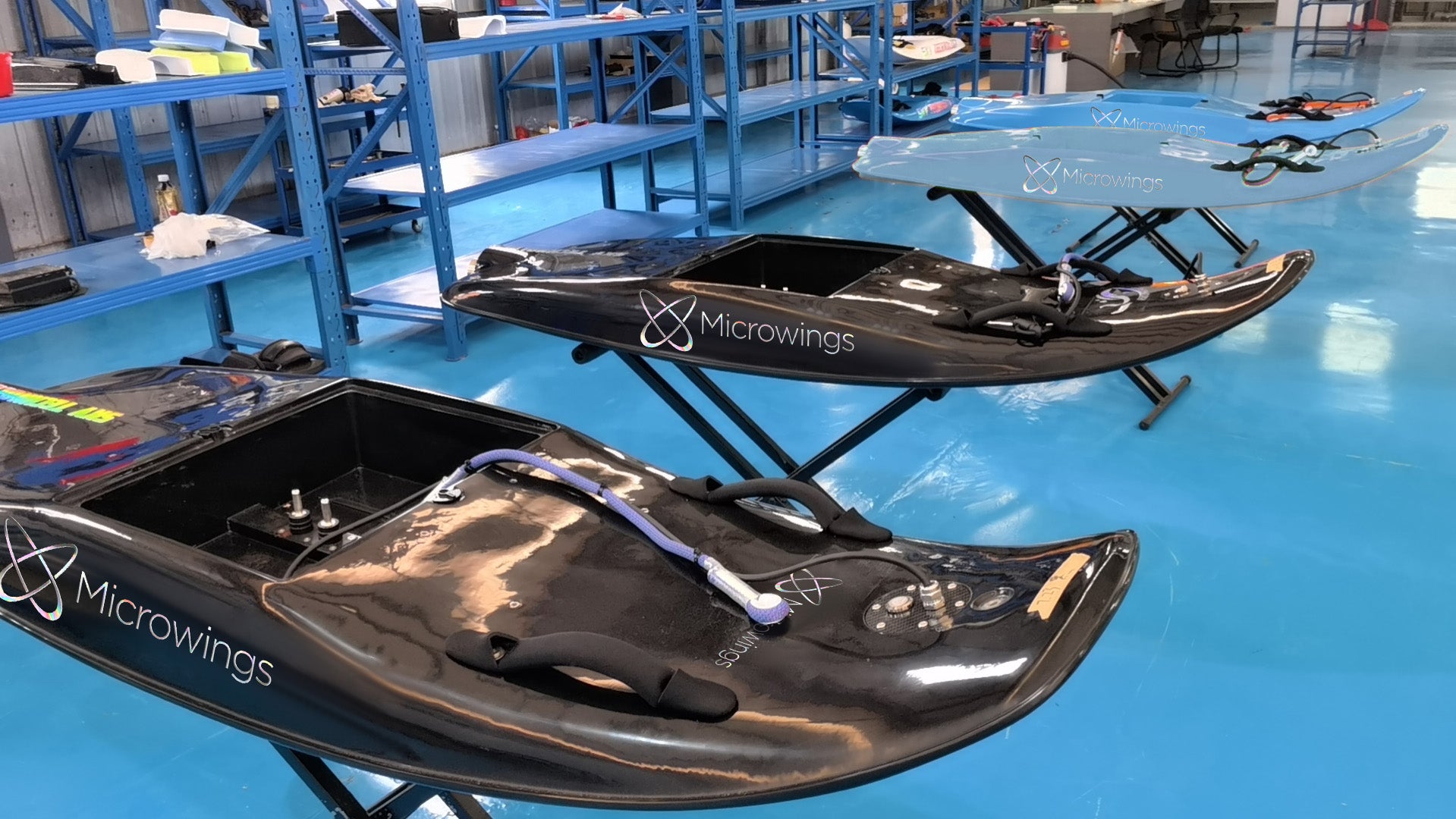Summer is coming, surfboard shops are getting busy, and more people are starting to pay attention to surfing. There are many types of surfboards on the market, and there are many ways to choose one. This guide will introduce the steps to choose and introduce the most important factors. Understanding the following factors will make you no longer dizzy when you want to get rid of foam boards.
There are several parameters to consider when buying a surfboard
1. Length
2. Width
3. Thickness
4. Weight
5. Displacement
In addition, there are two important degrees of freedom for surfboards.
One is to rotate along the X axis, called Rail to Rail. The other is to rotate along the Z axis, similar to drifting. This degree of freedom is very important for Pros to do drifting, but for novices, it is not necessary to pursue this. The combination of these two degrees of freedom is what we call flexibility in actual use. Generally speaking, as the level of the wanderer improves, the requirements for flexibility will also become higher and higher. According to different styles, everyone has different emphases on these two degrees of freedom.
The first step is to determine the displacement.
It should be noted that among these five parameters, the first three can be said to be independent of each other, but the last two are the result of the first three parameters. However, the basic starting point for buying a surfboard is to buy one that suits you. What does it mean to suit you? It means that it meets or is slightly higher than your surfing level. So what parameters should be used to measure your level? The most effective one is the displacement of the board. This is easy to understand. The larger the displacement of the board, no matter how long, wide or thick it is, the more it looks like a boat, and the more secure it makes people feel. And a sense of security is what novice surfers need most.
According to junior high school physics, displacement means the volume submerged in water, which means the amount of board used. Under the same foam material, the larger the displacement, the more foam, and the heavier the board. This means that the flexibility of the board will decrease. This is also easy to understand. A fat person is naturally not as flexible as a thin person. However, this parameter is not as important as displacement.
So the first step is that you need to know whether you want to surf a longboard or a shortboard, and you also need to know how much displacement you want to buy. Since you have been surfing foam boards for quite a while, you can use the displacement of the foam board as a benchmark. The displacement of the 8' Wavestorm foam board on the market is 86L. Generally speaking, most students who want to learn shortboarding conservatively, 50% off, 40L; more aggressive 35L. It depends on personal preference.
Displacement is a range, and novices don't need to be too precise when buying a board.
Step 2, determine the width
So what does width represent? Width determines stability and flexibility. Stability and flexibility are actually two sides of the same coin, one is better than the other. The narrower the board, the more wobbly it is (both degrees of freedom are large). The wider the board, the more stable it is, but it is difficult to turn and drift (both degrees of freedom are small). This is not difficult to understand. For novices, high stability means a high sense of security. However, it is precisely because of the high stability that it is difficult to make advanced actions such as turning, cutback, bottom turn, etc., which is not helpful for improving their own level. Therefore, in the choice of width, it also depends on what kind of expectations the surfer himself has for changing boards.
Step 3, determine the length
So what does length represent? The following conclusion is not precise but broadly correct. The longer the board, the faster the speed. Why is it inaccurate? Because the shape of the board has some influence on this rule. I personally tested a 5'4'' Cymatic and a 5'8'' SCIFI. The difference is 1L, but the Cymatic is faster. If you ask why, I can't give a single reason, I can only say that it is the influence of the shape. So why is it said that the wide is correct? Because long boards are definitely faster than short boards. So if you want to be fast, try to make it as long as possible while ensuring that the width (stability and flexibility) is appropriate.
Supplement
Follow the above steps to choose a board, you can basically choose a board that suits you. Thickness is a parameter with lower priority for beginners. It mainly affects flexibility and weight. For friends who want to do large-scale tail swings or aerial movements, this parameter must be considered. It should be pointed out that according to the method proposed above, the thickness is already a fixed value. To change it, you need to reduce or increase the displacement.
Different shapes of tails and rockers will also affect the performance of the board. But for the board purchase needs of beginners to intermediates, a wide tail/small rocker is enough. This board is suitable for waves with a gentle slope and a slow break, such as Malibu First Point.
I understand that buying a surfboard is not a small amount for ordinary people. Everyone wants to spend money to buy a board that will always fit them. This is a delusion, especially for beginners. Because the surfers of this period are improving, but the board has not changed. The correct attitude to buy a board is that buying a board can help you advance. Surfboards are just stepping stones to upgrade yourself.
DEMO (trial)
If you hesitate before taking out your wallet, my advice is not to take it out first. Major surfing shops will hold trial activities in spring, summer and autumn. I recommend that everyone seize this opportunity to try it for free. Don't just try the board you like, but you should also try a wide range of boards so that you can better understand the characteristics of different shapes and sizes of boards. As shown in the figure below, there is a special announcement page on the Microwings official website.
Fin
After buying the board, you also need to buy a fin. For beginners, it is recommended to buy FCS's Performance Tri-quad (five-piece set). The advantage of this set is that you can change the fin settings at any time. Change from Thruster to Quad. Of these two fin settings, the former is more stable than the latter, but the speed is a little slower. The fin setting is to compensate or amplify the characteristics of the board. The five-piece set is classic and durable. I bought 3 boards and used the same set of fins, just different set ups.
In the end
People's logical thinking is linear and has a sequence, and it is difficult to deal with three-dimensional problems. Unfortunately, the surfboard itself is not two-dimensional linear, but three-dimensional. So the method I provide is a linear processing method of determining the known first and then finding the unknown. Determine the displacement first because this parameter contains more comprehensive information. Of course, it is not ruled out that some surfers choose other parameters such as length in the first step due to their own different conditions, and then reversely infer other parameters. This is feasible.

